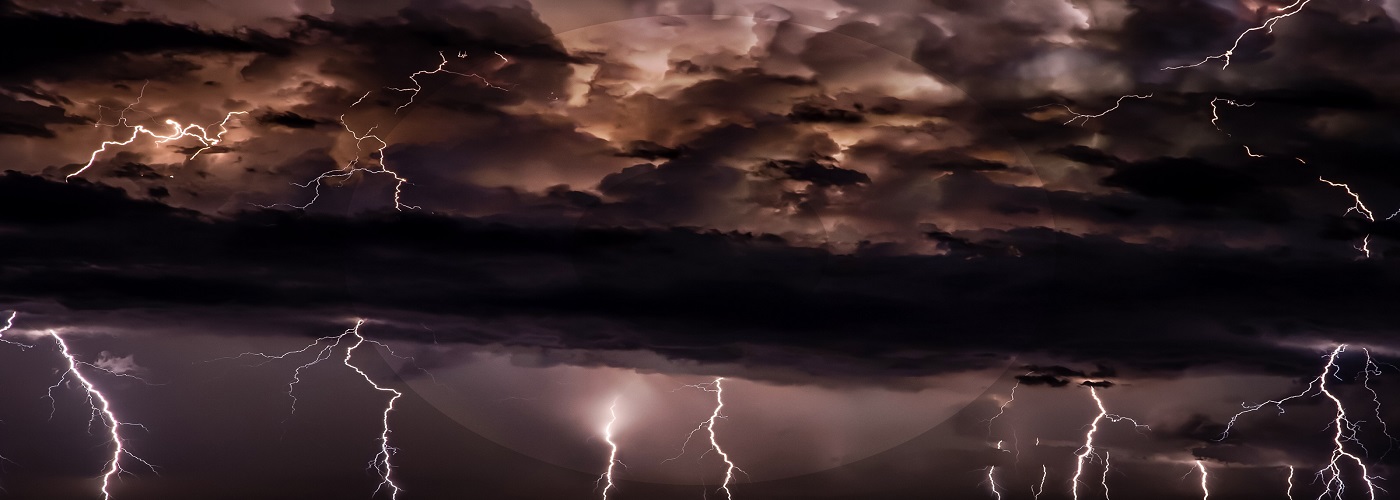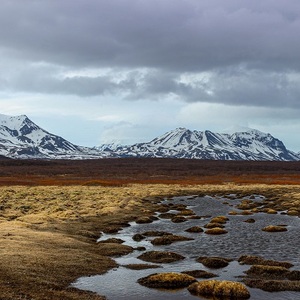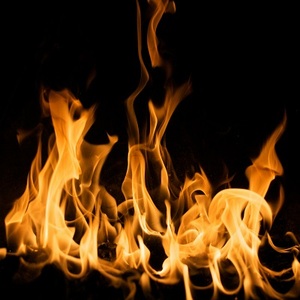

Lightning strikes near the North Pole?!?! As strange as it seems, thunderstorms that far north, above the Arctic Circle, have been recorded as recently as 2019. A 2021 study by University of California, Irvine researchers projects that by the end of this century, lightning strikes in the Arctic will become a much less rare occurrence, increasing in frequency by around 100 percent.
The research team compared satellite observations of lightning over the past 20 years along with weather data as reanalyzed by a computer model to establish the strong relationship between atmospheric instability, precipitation, and occurrence of lightning in the region surrounding the North Pole. Then, by employing the same climate projections used by the United Nations, the team was able to estimate just how much more prevalent this circumpolar lightning will be in the coming decades.
As just one of the consequences of a warming climate, especially near the poles, increased lightning in the Arctic tundra regions presents a cascade of other issues which could work to further amplify that same warming. For example, more lightning increases the risk for wildfires. In the Arctic tundra, the land is covered with short grasses, shrubs, and moss. If these plants are burned away in wildfires, that opens up the bare ground to the expansion of evergreen forests to spread further north, as their seeds are usually prevented from taking root by the native tundra plants. In the future, if more of the Arctic is covered by evergreen forests than by snow cover, this would ensure more of the sun's energy is absorbed by the darker forests, instead of reflected back into space by the white snow, thereby enhancing the climate warming even further.
As the occurrence of circumpolar lightning is still relatively rare, it can sometimes be difficult to monitor with current weather satellites, which have excellent coverage in lower latitudes, but which sample the polar regions less frequently and/or with poorer resolution. Future weather satellite deployment may be needed to monitor this important Arctic climate bellwether.

